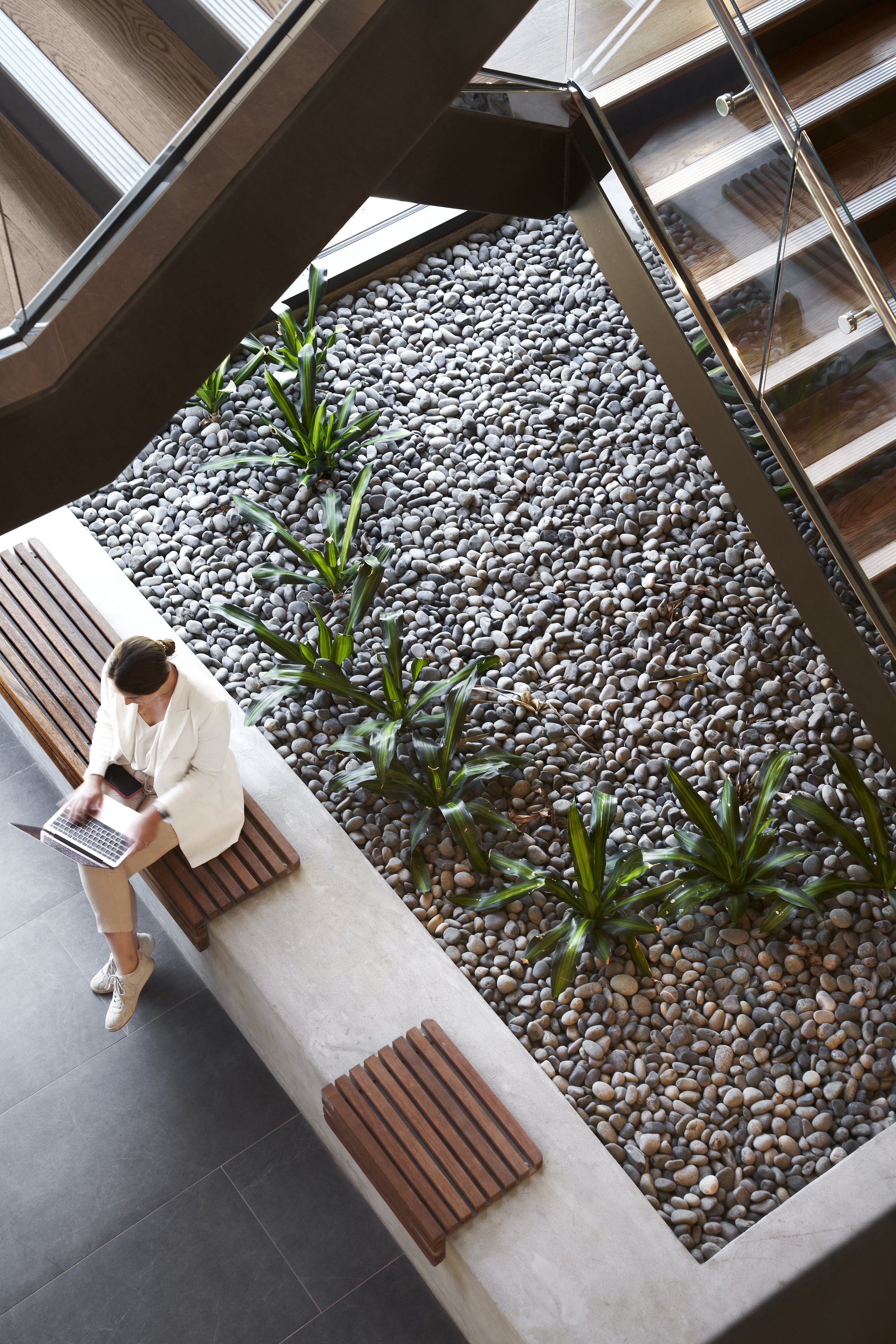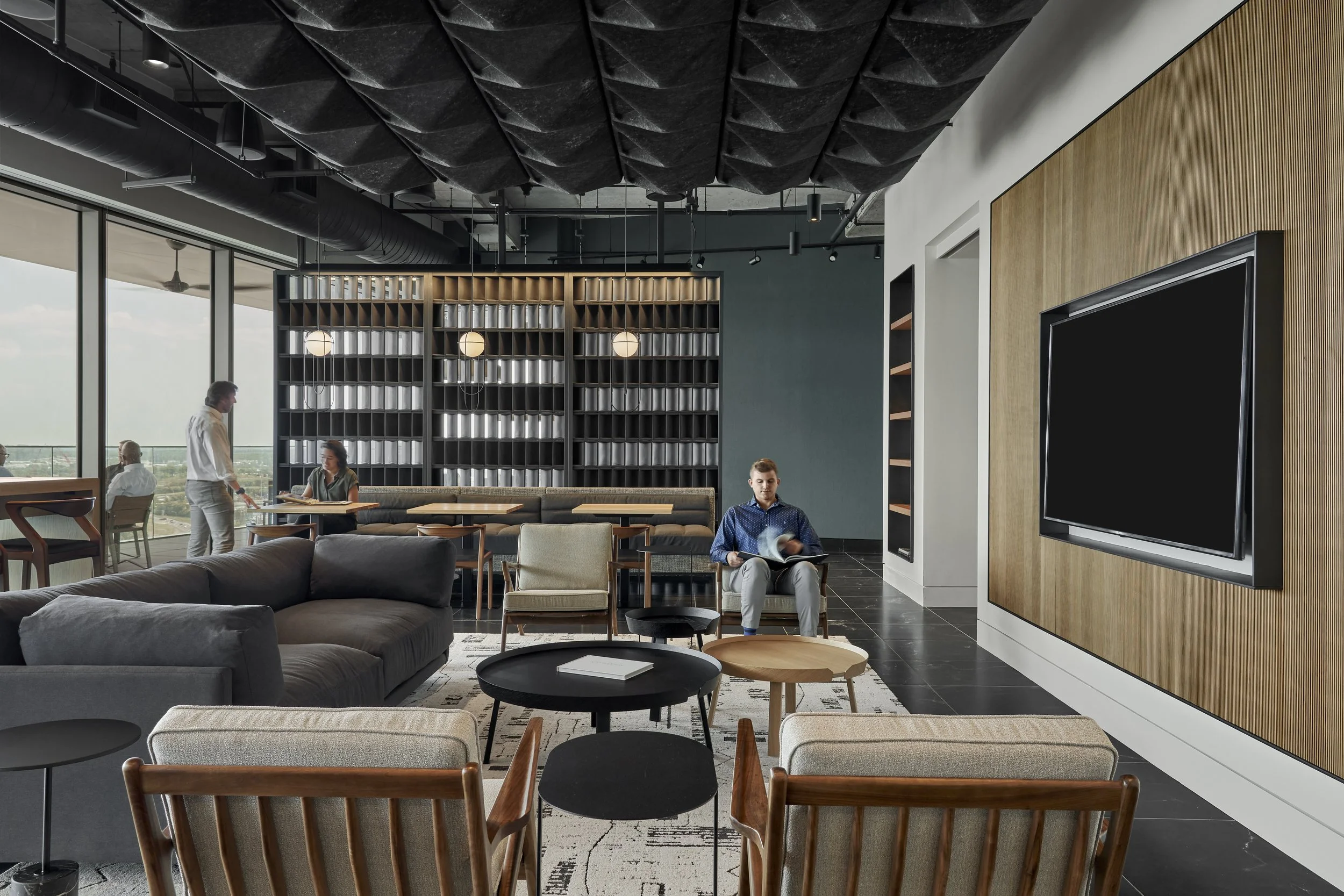Architectural + Interior Photography Usage Rights
Over the years we have been getting more and more questions about usage rights in our industry and how one can use the images provided from a shoot. Since every architectural photographer grants usage rights differently, it is difficult to provide a simple answer to that question.
Current US copyright laws allow photographers to own all rights to their images unless specific scenarios are met (which will be discussed later). Anytime you want to use an image or images, a photographer and client must come to an agreement to sell/transfer the rights to another individual.
One of the best examples that we have seen explaining usage rights is from A Photo Editor. While his article pertains to ad agency rights, terms, and conditions, we saw an opportunity to piggyback off of this article for the architectural and interior design industry.
While not as thrilling as our other blog posts, breaking down usage rights can help people understand what to expect and what you should see.
Usage Rights Terms:
Time Period/Length of Time: In advertising or agency environments, a usage timeframe usually comes with a time limit, such as 1-5 years, due to constant content generation and upkeep. However, in our industry, the length of time is typically unlimited. While there are a few reasons for this, one is that designers rarely use images after 5-10 years, as they are constantly designing new spaces.
Rights: This refers to the number of times an image will be used within that limited period of time. While our industry usually doesn’t impose a time limit, we do limit who uses the images. Individual party rights are crucial, especially in projects involving multiple vendors and partners. Just because one firm purchases the images from a shoot, it does not grant them the right to share images with others. Every party must obtain their own usage rights. In our opinion, its ideal to work out all agreements prior to shoot day. This not only keeps costs down but also gives us a better idea of what shots to capture to satisfy all wants and needs. It’s important to note that anytime you’re working with a photographer, they should, in writing, break out the specific usage rights for each given project.
We typically price our images in architectural photography based on Usage Rights in Perpetuity, or unlimited usage rights. This concept allows our clients to utilize all images for advertisement purposes, award submissions, publications, and social media.
Our typical Verbiage: Final, edited images will be provided with Unlimited Usage Rights in Perpetuity for [insert architect/interior design firm].
Buyouts: In architectural photography, buyouts are pretty rare. When they do occur, it’s usually during commercial shoots with advertising objectives, where the client seeks exclusive rights to the images. A buyout is the most expensive option for a photoshoot, often doubling or even tripling the cost. Clients sometimes request buyouts without fully understanding the concept. An alternative we suggest is adding language surrounding exclusivity.
Co-authorship: This gives two or more parties undivided, equal ownership of images from a body of work. This means the photographer now has to get approval from another party or parties before images can be shared. Depending on language, profits from the images may be shared. Rarely seen but worth noting.
Exclusivity: Exclusivity prevents the resale of any images. While this concept doesn’t arise often in architectural photography, you may receive a request for exclusivity on an editorial shoot to prevent us or anyone else from using the images before they are published in a magazine. Since most architectural photographers want their work featured, this isn’t typically an issue. We usually find that publications request images not to be used until after they are published.
Geographic Region: Geographic rights are typically addressed from an advertisement standpoint. The intended usage location directly influences your cost. While Architects and Designers typically do not deal with this aspect, it may be found when larger vendors are involved in purchasing of images. If there is a limitation, it will be specifically called out in the proposal in conjunction with usage rights.
Market: Another great concept that is not typically utilized by architects and interior designers. It’s a valuable question to ask if someone wants to purchase your images, as it helps determine the intended use and market. Many interior and architectural photographers will incorporate this in to their day rate or creative fee. A local firm may receive a different price than an international firm. Amount will vary by photographer but rarely is it a substantial change.
Usage Realm: This includes terms such as advertising, promotional, public relations, corporate, and editorial. If all of these these terms are included, it’s referred to as unlimited. Most architectural photographers, including ourselves, only limit these rights when it comes to advertising work or collaborations with material suppliers, such as an international carpet company or a large lighting manufacturer. Typically, architectural photographers already incorporate these usage fees into their day rate. Outside the A&D industry, its usually referred to as a ‘creative fee’.
Media: Most photographers should include media usage in their terms. The following is what we cover: any and all media including print, newspaper, magazine, collateral, direct mail, point of sale, trade show, electronic, and internet.
Body of Works: In commercial architectural photography, its pretty rare for someone to sell licenses for an entire body of work (all images from a shoot). Quality architectural photography demands significant post-production time; you can easily spend three times as long editing the images as you do shooting them. It is important to have all images flow with color consistency and edits allowing the images to be placed together as a unified body of work.
In residential photography it’s more common to have all of the selects turned over. When interior photographers provide this service, it is important to ask if retouching is included on those images or are batch edited (a preset is placed over them). Most that provide an entire body of work do batch editing.
Reuse: For architects and designers, there are two sides of reuse rights; Multiple Party Sharing and time.
While in most commercial photography exclusivity is desired, in architectural and interior photography this is not the case. It is standard to see multiple parties go in on a shoot, cost share and or purchase a license to use the image after the fact. We have seen instances were twenty plus companies have utilized the same images from a shoot. Should there be a reason you do not want the images reused by other parties, you will need to work out verbiage in the contract. Please note that since cost sharing is standard, there may be an additional cost associated with limiting the photographers ability to resell the images.
Reuse rights surrounding time are rarely brought up in our industry because most architectural and interior photographers give you unlimited usage rights in perpetuity. Should a situation arise that does require reuse verbiage make sure to include it in the contract. Be as specific as possible to ensure everyone is covered. It is also advisable to negotiate out additional cost in writing prior to the shoot should you need to extend that time.


